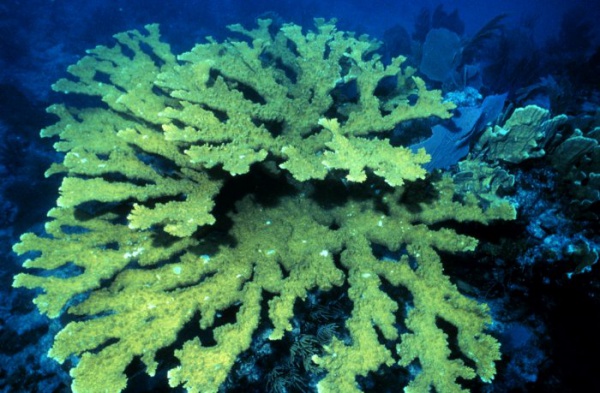Facts About Elkhorn coral
Elkhorn coral, a critical reef-building species in the Caribbean, is easily identifiable by its branching structure reminiscent of elk antlers. This distinctive shape provides essential habitat and shelter for numerous reef species. Noted for its rapid growth, Elkhorn coral can reproduce both sexually and asexually, with fragmentation being the more common method.
Regrettably, Elkhorn coral populations have plummeted since the 1980s, with an estimated 97% decline from 1980 to 2006. This drastic reduction results from a combination of disease, algae overgrowth, climate change, ocean acidification, and human activities. Consequently, Elkhorn coral was classified as threatened under the Endangered Species Act (ESA) in 2006.
Elkhorn coral heavily depends on photosynthetic algae called zooxanthellae for nutrients, making them reliant on sunlight. They also engage in filter feeding to supplement their diet when water conditions are not ideal. These corals are typically found in shallow waters to maximize their light exposure for photosynthesis.
Elkhorn coral is crucial for coral reef ecosystems. They provide habitat for a variety of marine species, enhance reef diversity, and offer protection to coastlines from storms. Despite their significance, Elkhorn coral faces numerous threats, including climate change, ocean acidification, overfishing, water pollution, and diseases.
To protect Elkhorn coral, several conservation efforts are underway. These include designating critical habitats, implementing restoration projects, and launching rehabilitation initiatives. In 2015, the National Marine Fisheries Service (NMFS) released a recovery plan to boost the species' numbers and preserve genetic diversity. Ongoing projects involve creating protected areas and coral nurseries to promote growth and reproduction.
Despite these efforts, Elkhorn coral populations continue to decline, underscoring the need for further action. The species remains listed as threatened under the ESA, and continuous monitoring and innovative conservation strategies are essential to ensure their survival and the health of coral reef ecosystems.

 India
India